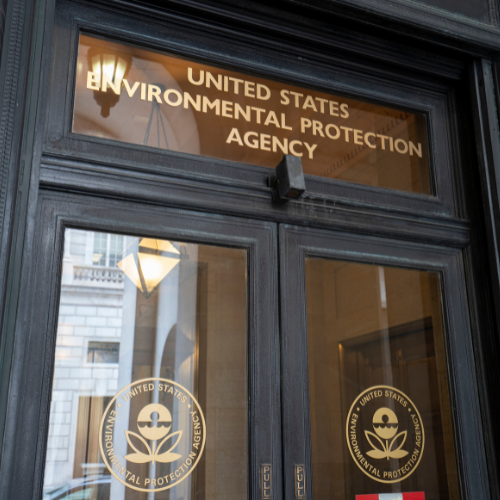Doubt is an interesting thing. For decades, the tobacco industry was able to sell, unmolested, a product that kills people. But because it does not do it instantly, it is possible to raise doubt as to the exact causation.
And the tobacco industry successfully was able to turn aside lawsuits attempting to make it accountable for the untold millions of smokers who became addicted to their very carefully constructed product and would later die of some form of lung disease.
Both the chemical composition, with tobacco optimized for the addictive substance, nicotine, and the exquisite public relations campaign, which ranged from using doctors as proponents of some brands to the creation of the iconic western cowboy, were defended by a relentless legal attack on anyone attempting to link cigarette smoking and cancer.
But it was all smoke and mirrors. The cigarette companies “‘knew there was a consensus in the scientific community that smoking caused lung cancer and other diseases’ by at least January 1964,” and they engaged in a well-orchestrated effort to “mislead” the public as to the dangers of smoking.
What does this have to do with asbestos? One reason why the asbestos-defense industry remains focused on greatly exaggerated concerns of asbestos victims actually securing compensation for some claims from the asbestos trust funds is that it manufactures doubt and clouds the discussion, taking it away from what could be an equally massive problem.
Next time, we will look at how that doubt distracts from the significant problem asbestos still poses to the population within the U.S. and how aggressive legal strategies by the insurance companies that defend the asbestos industry threaten the health of millions.
The use of asbestos in millions of homes and other structures during the last century means there is a colossal “installed base” of asbestos contamination across the nation. Many homes and buildings are now of an age that will demand renovations or demolition.
For those who prefer to take a do-it-yourself approach, asbestos often represents an unknown danger, and many may innocently proceed with remodeling projects without grasping the risk they pose to themselves or their families. And for those that do recognize the danger, the expense of professional asbestos abatement will add significant costs to any project.
And yet the merchants of doubt have managed to create a world were asbestos remains legal to use in many applications and the EPA regulations that would have strictly limited its use have never been reintroduced.
Because mesothelioma is caused by asbestos, when someone develops the disease, you know they were exposed to asbestos at some point in the past. Due to the long latency periods, however, it can be difficult to pinpoint exactly where someone was exposed.
If they worked with numerous applications of asbestos during their career, any one of those exposures could have triggered the development of mesothelioma. The asbestos-defense industry plays the game of “not me” with victims, always pointing a finger at some other potential source of the exposure.
They would like to portray the entire asbestos claims process as a sham, with poor, defenseless asbestos corporations being mercilessly attacked by dying mesothelioma victims.
Many would like you to believe that the danger posed by asbestos is long past, and that few new cases of mesothelioma are likely to appear. Sadly, the number of cases appear to be increasing and there is little doubt that many of those falling ill-developed mesothelioma from exposure that may be even more difficult to identify than those exposed in traditional industrial settings.
While the number of these cases increase, the Merchants of Doubt are likely to redouble their efforts.














